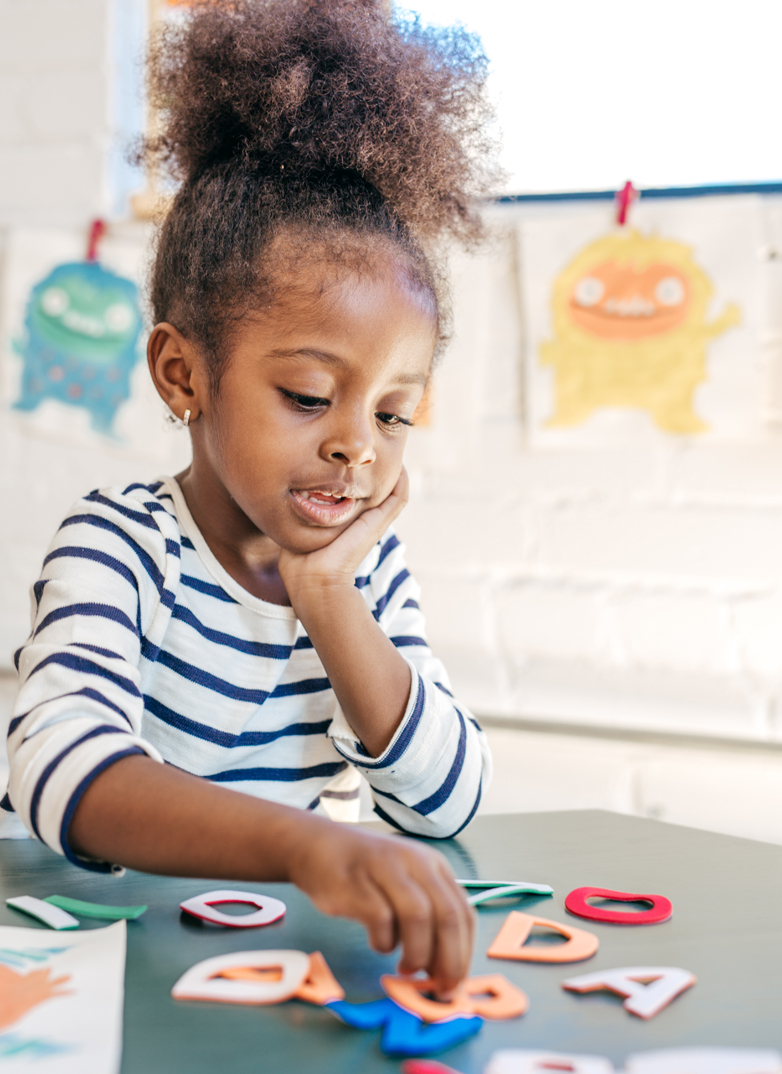What most babies do by this age:
Social:
- Copies adults and friends
- Shows affection for friends without prompting
- Takes turns in games
- Shows concern for crying friend
- Understands the idea of “mine” and “his” or “hers”
- Shows a wide range of emotions
- Separates easily from parents
- May get upset with major changes in routine
- Dresses and undresses self
Language/Communication
- Follows instructions with 2 or 3 steps
- Can name most familiar things
- Understands words like “in,” “on,” and “under”
- Says first name, age, and sex (can tell you if they are a boy or a girl)
- Names a friend
- Says words like “I,” “me,” “we,” and “you” and some plurals (cars, dogs, cats)
- Talks well enough for strangers to understand most of the time
- Carries on a conversation using 2 to 3 sentences
Problem-solving:
- Can work toys with buttons, levers, and moving parts
- Plays make-believe with dolls, animals, and people
- Does puzzles with 3 or 4 pieces
- Understands what “two” means
- Copies a circle with pencil or crayon
- Turns book pages one at a time
- Builds towers of more than 6 blocks
- Screws and unscrews jar lids or turns door handle
Movement/Physical Development
- Climbs well
- Runs easily
- Pedals a tricycle (3-wheel bike)
- Walks up and down stairs, one foot on each step
WHAT FAMILIES CAN DO
- Set limits and be consistent with what your child can and cannot do; give praise for following the rules.
- Talk about your child’s emotions; encourage him/her to identify feelings of others or characters in books.
- Arrange play dates with other children to practice sharing and taking turns.
- Help your child solve a problem when upset.
- Give your child simple tasks to help around the house such as sweeping, setting the table and helping with dinner.
- Make an activity box with paper, crayons, tape, markers, ribbon, glue stick, etc.
- Color and draw lines and shapes with your child.
- Play with blocks – take turns building towers and knocking them down.
- Listen to and encourage your child to use many words and longer sentences as his/her language skills expand rapidly.
- Give your child instructions with two or three steps such as, “Go to the closet and get your jacket and hat.”
- Read to your child every day, ask him/her to point things out and repeat words or phrases after you.
- Ask your child to complete a sentence in a book that you read often.
- Encourage pretend play and provide props such as stuffed animals, hats or old clothes.
- Point out letters and numbers in signs and everyday objects such as, “Look, this word begins with the letter ‘m’ just like your name.”
- Sing songs, repeat rhymes together and make up rhyming games.
- Hold your child’s hand going up and down stairs, or encourage him/her to use the railing.
- Play with balls, practicing running and kicking.
- Visit parks, playgrounds and play spaces where your child can run and climb freely.
- Provide riding toys, such as a trike.
- Teach your child how to “pump” his/her legs while on a swing.

